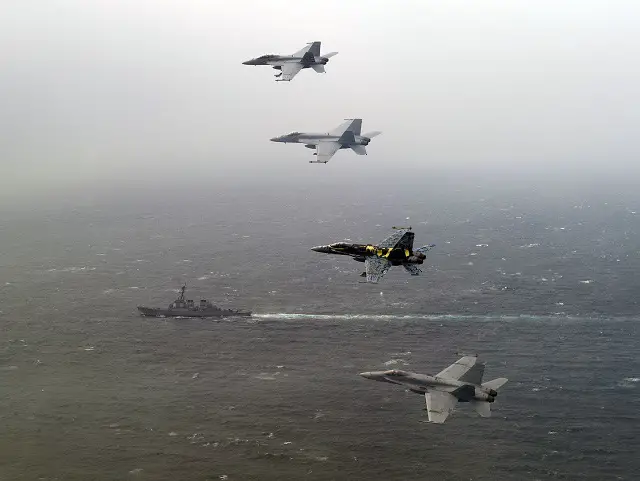Breaking news
US Navy Teams Completed IFF Mode 5 Developmental Testing for F/A-18E/F and EA-18G Aircraft.
| 2015
 Through a series of ground and flight test events Air Test and Evaluation Squadron (VX) 23, along with the PMA-213 Combat Identification (CID) team were performing developmental testing for IFF Mode 5 equipment, which is known as an RT-1763C/APX-111(V) Combined Interrogator Transponder (CIT) at Patuxent River Naval Air Station from June 2013 through February 2015. |
|||
In an operational
environment, Naval Integrated Fire Control-Counter Air (NIFC-CA) provides
enhanced offensive and defensive counter-air mission performance for long-range
fire control and projection. For the F/A-18E/F Super Hornet and EA-18G Growler, carrying out the NIFC-CA strategy, Mode 5, will provide a highly reliable, safe and positive friendly identification capability, explained Youhn. “IFF has matured a great deal since the days of old when national markings were used on airplanes to visually identify nationality and determine friend or foe,” said Youhn. “Modern technology allows for identification within hundreds of miles of separation to increase the pilot’s safety levels, which allows the Navy to bring ‘em back alive.” |
|||



























